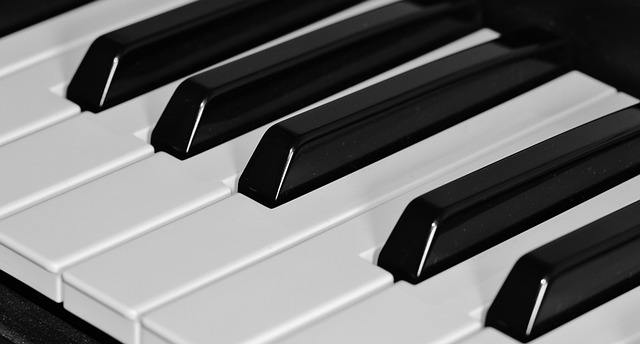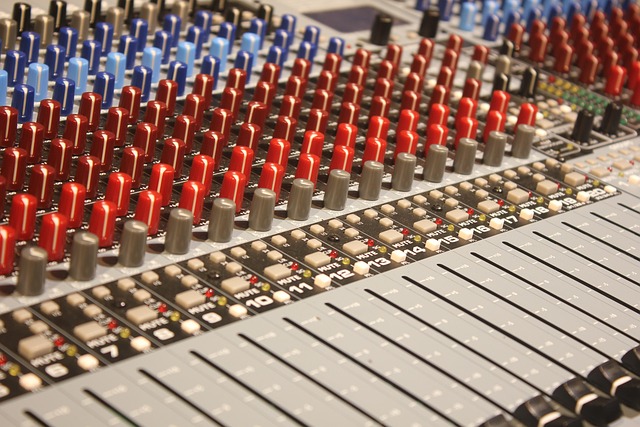The Ultimate Guide to Recording Electronic Music: Enhancing Your Home Cinema Audio
In today’s digital age, electronic music has become an integral part of how we experience entertainment at home. Whether you’re a budding producer or a passionate audiophile, the fusion of audio and video in your home cinema setup offers a unique opportunity to dive deep into soundscapes and elevate your cinema room experience. This guide will walk you through the essentials of recording electronic music and optimizing your home cinema audio to create an immersive audio-visual experience.
Understanding the Synergy of Audio and Video in Your Home Cinema
At its core, a home cinema is more than just a big screen; it’s an environment where sound and visuals converge to transport you into entirely new worlds. The quality of your audio plays a crucial role in this experience, especially when paired with electronic music, which often relies on rich basslines, intricate synth patterns, and dynamic sound effects.
When recording electronic music for your home cinema system, consider how the sound interacts with the room acoustics. The goal is to produce audio that is not just loud, but clear and immersive, enhancing movie soundtracks or music playback within your space.
Creating Your Electronic Music Recordings for Cinema Rooms
Recording electronic music for playback in a cinema room demands attention to detail and quality sound engineering:
- High-Quality Audio Equipment: Invest in a good audio interface and microphones designed to capture the nuances of electronic music, including deep bass frequencies.
- Soundproofing and Acoustics: Your cinema room’s acoustics dramatically influence how electronic music is perceived. Adding acoustic panels, bass traps, and diffusers can reduce unwanted reflections and echoes.
- Mixing and Mastering: Tailor your mix to translate well on both headphones and large speaker arrays. Use equalization and compression to balance frequencies prominent in electronic music.
Optimizing Home Cinema Audio for Electronic Music Playback
To truly appreciate electronic music in your home cinema:
- Speaker Placement: Position your speakers to create a balanced soundstage. Surround sound setups often work best to let electronic beats ripple through the room.
- Subwoofer Calibration: Electronic music is heavily bass-driven. Properly calibrate your subwoofers for clean, punchy low-end response without muddiness.
- Audio Formats: Use high-resolution audio formats and support surround sound codecs like Dolby Atmos or DTS:X to capture the breadth of electronic music’s sonic landscape.
Integrating Video with Electronic Music for a Cinematic Experience
Remember, the visual component in your home cinema also plays a critical role:
- Syncing Audio to Visuals: When playing or creating electronic music videos, ensure tight synchronization between the track and video effects to enhance emotional impact.
- Lighting and Ambiance: Create an ambient environment that matches electronic music’s vibe—LEDs or color-tunable lighting can shift moods in sync with your music.
- Display Quality: High dynamic range (HDR) screens paired with immersive audio make electronic music videos truly come alive, delivering a full sensory experience.
Combining the right recording approach for electronic music with thoughtful home cinema setup transforms your cinema room from a simple viewing space to a full-fledged entertainment sanctuary. Dive in, experiment, and let the pulsating rhythms surround you in ways you never thought possible.



